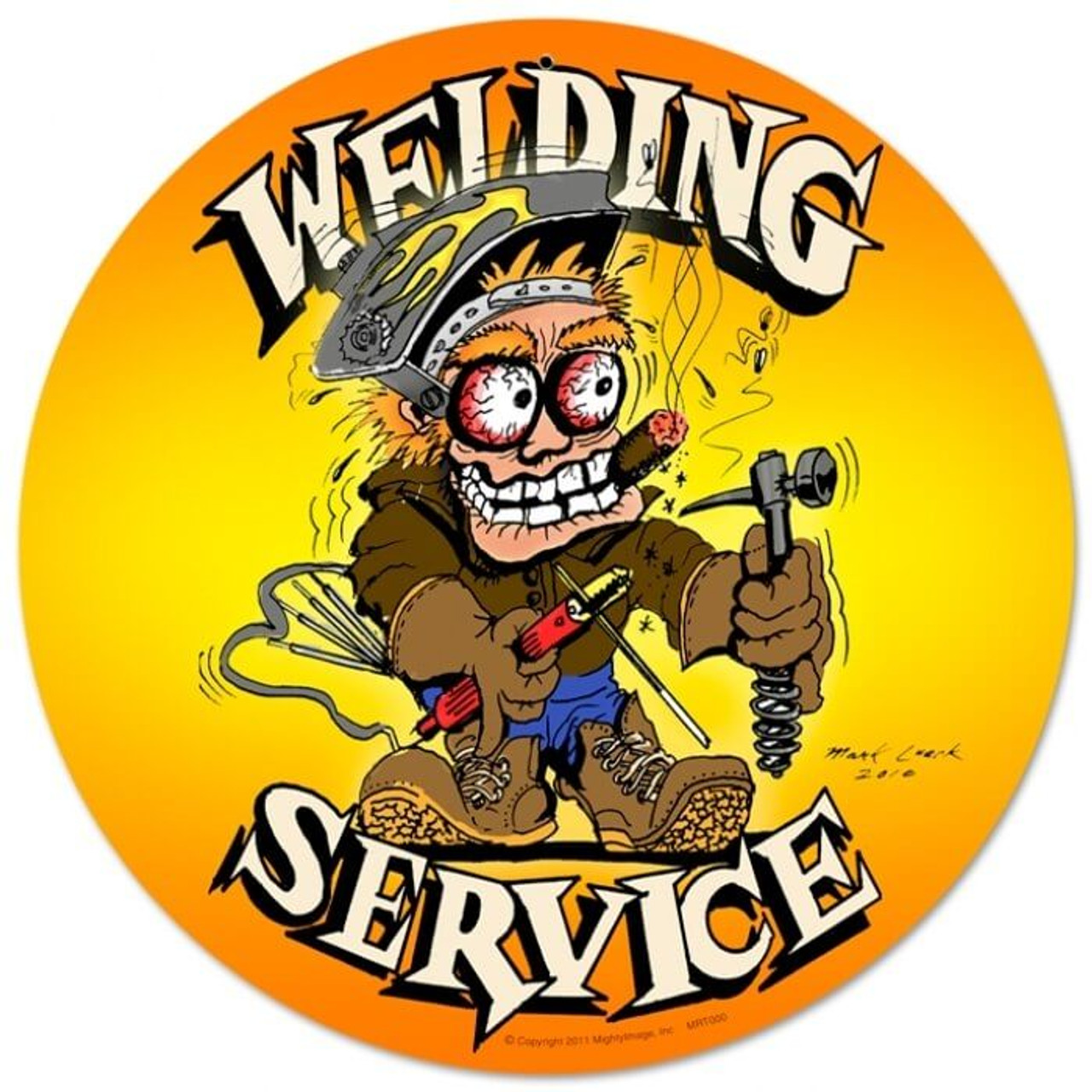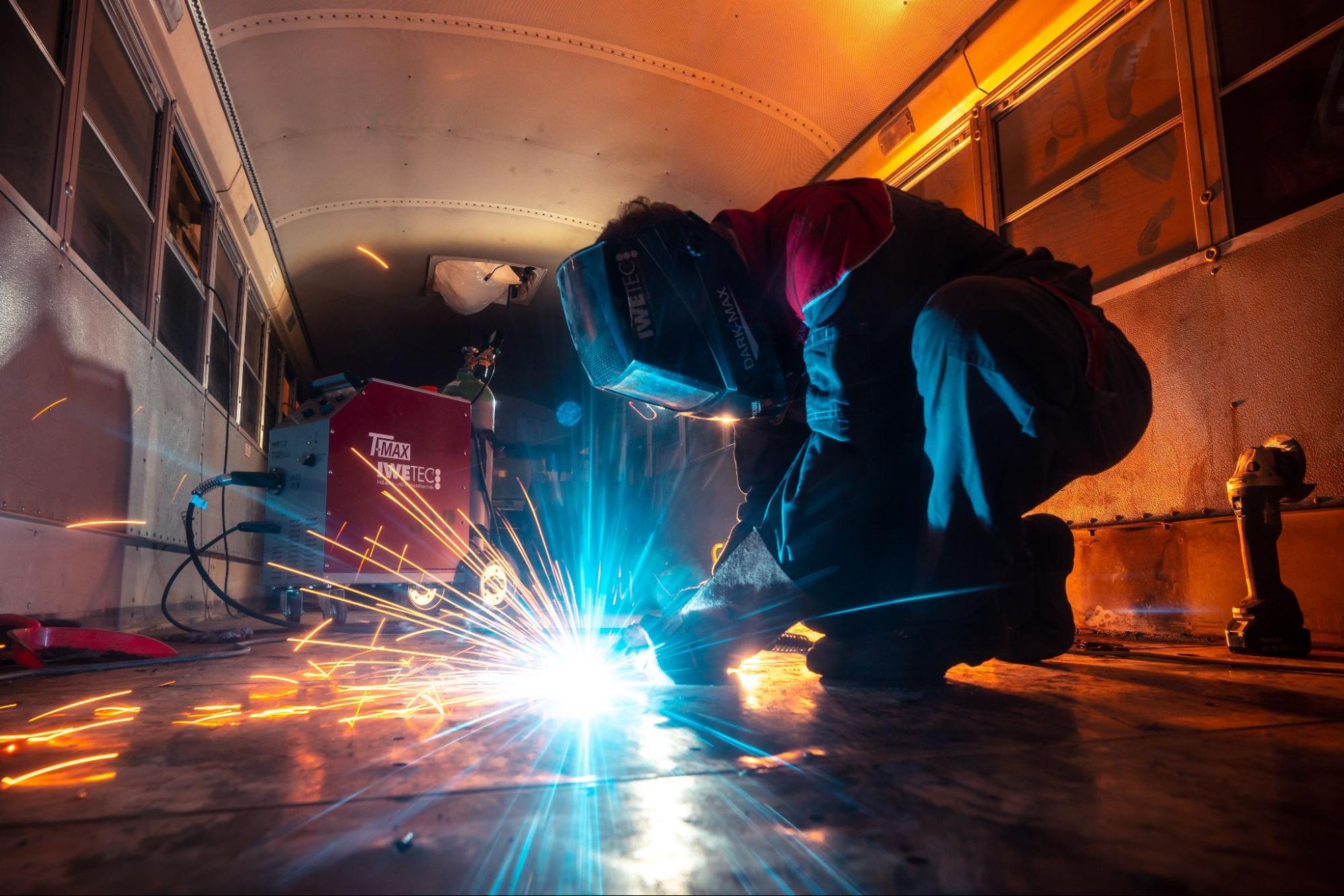Top-Rated Welding Inspection Service for Production Facilities
Top-Rated Welding Inspection Service for Production Facilities
Blog Article
Unlocking the Key Kinds Of Welding Services for Your Jobs
In today's landscape of diverse welding solutions, understanding the nuances and applications of different welding strategies is vital for successful job implementation. From commonly used techniques to sophisticated modern technologies, the world of welding offers a spectrum of possibilities to deal with various task requirements. By untangling the key kinds of welding solutions offered, one can navigate the complexities of picking the most suitable method to make sure precision, effectiveness, and quality in welding tasks. As we get started on this exploration of welding services, a much deeper insight into the world of welding awaits, appealing insights that can boost the end results of your projects.
Usual Welding Methods
Numerous generally made use of welding strategies play important functions in numerous industrial fields. One of the most widely made use of methods is Gas Metal Arc Welding (GMAW), likewise known as MIG welding.
Another prominent welding method is Gas Tungsten Arc Welding (GTAW), typically referred to as TIG welding. TIG welding uses a non-consumable tungsten electrode to create the weld and calls for a separate filler material. This method is preferred for its precision, ability, and control to generate premium welds on thin products.
Shielded Metal Arc Welding (SMAW), or stick welding, is an additional crucial approach where a flux-coated electrode is utilized to develop the weld. SMAW is known for its simpleness, convenience, and viability for on-site and exterior welding applications. These usual welding techniques are crucial for fabricating structures, equipment, and various equipment across markets.
Advanced Welding Processes
Advanced welding procedures encompass sophisticated methods that press the limits of traditional welding approaches in regards to accuracy, efficiency, and adaptability. One such procedure is laser beam of light welding, which uses a focused beam to sign up with metals with marginal heat-affected areas, making it optimal for high-precision or fragile projects. Furthermore, electron light beam welding utilizes a high-velocity electron beam of light to develop deep welds in thick products, offering phenomenal stamina and quality.
Additionally, friction stir welding is a solid-state joining procedure that makes use of a turning tool to produce frictional warm, bonding products without thawing them. This approach is especially useful for signing up with lightweight alloys with remarkable mechanical residential properties. One more ingenious method is ultrasonic welding, where high-frequency ultrasonic vibrations are utilized to develop solid-state welds in plastics, steels, and other materials, providing fast and tidy signing up with solutions.
These progressed welding processes accommodate a varied series of commercial needs, giving efficient, top quality, and specific solutions for numerous tasks, from aerospace elements to automobile components and past.
Specialized Welding Applications

Automated Welding Solutions
In modern-day industrial setups, the application of automated welding solutions has actually revolutionized production processes by improving efficiency and precision. Automated welding systems make use of sophisticated technologies such as robotics, computer system mathematical control (CNC), and man-made knowledge to perform welding jobs with minimal human treatment (Welding Inspection Service). These systems use numerous advantages, including increased efficiency, enhanced weld quality, and minimized manufacturing prices
One secret benefit of automated welding services is their capacity to constantly produce premium welds, causing enhanced overall product high quality. In addition, these systems can run continually, 24/7, without the demand for breaks, causing higher outcome degrees and faster job conclusion times. By using automated welding options, companies can additionally alleviate the threats connected with human error, making certain greater precision and repeatability in the welding procedure.
Additionally, automated welding solutions are extremely flexible and versatile to different welding applications, from detailed elements to massive structures. Whether in auto production, aerospace sectors, or construction tasks, the assimilation of automated welding systems offers an one-upmanship by improving procedures and delivering remarkable welding results.
Innovative Welding Technologies
The evolution of automated welding solutions has paved the means for the assimilation and advancement of cutting-edge welding modern technologies in modern industrial applications. One such innovative modern technology is laser beam of light welding, which makes use of an extremely concentrated beam of light to join metal components with precision and performance. This method is particularly beneficial for jobs needing complex welds on products with high melting factors or for applications where very little heat-affected zones are vital.
An additional ingenious welding modern technology gaining appeal is friction mix welding (FSW), a solid-state joining process that creates high-strength bonds by generating frictional warm in between two pieces of steel. FSW is commonly used in markets such as aerospace and automobile for its ability to generate welds with remarkable mechanical residential or commercial properties and boosted architectural integrity.
Furthermore, electron beam welding (EBW) is an advanced strategy that makes use of a beam of high-velocity electrons to my website develop exact, deep welds in steel parts. This technology is preferred for its capacity to bond dissimilar metals and materials with differing thicknesses properly. As sectors remain to demand better and performance in welding processes, these ingenious modern technologies are positioned to play a substantial function fit the future of industrial welding applications.

Conclusion
To conclude, recognizing the vital sorts of welding solutions is necessary for successfully completing a range of jobs. From usual welding strategies to advanced processes, specialized applications, automated solutions, and ingenious innovations, each technique offers unique advantages and applications. By acquainting yourself with these different welding choices, you can pick the most suitable approach for your certain task requirements and accomplish high-quality results.
In today's landscape of varied welding solutions, comprehending the subtleties and applications of numerous welding techniques is vital for successful project execution. see By deciphering the vital types of welding services offered, one can browse the complexities of choosing the most suitable approach to make sure YOURURL.com precision, effectiveness, and top quality in welding tasks. As we embark on this exploration of welding solutions, a deeper insight into the globe of welding waits for, appealing understandings that can elevate the end results of your projects.

Report this page